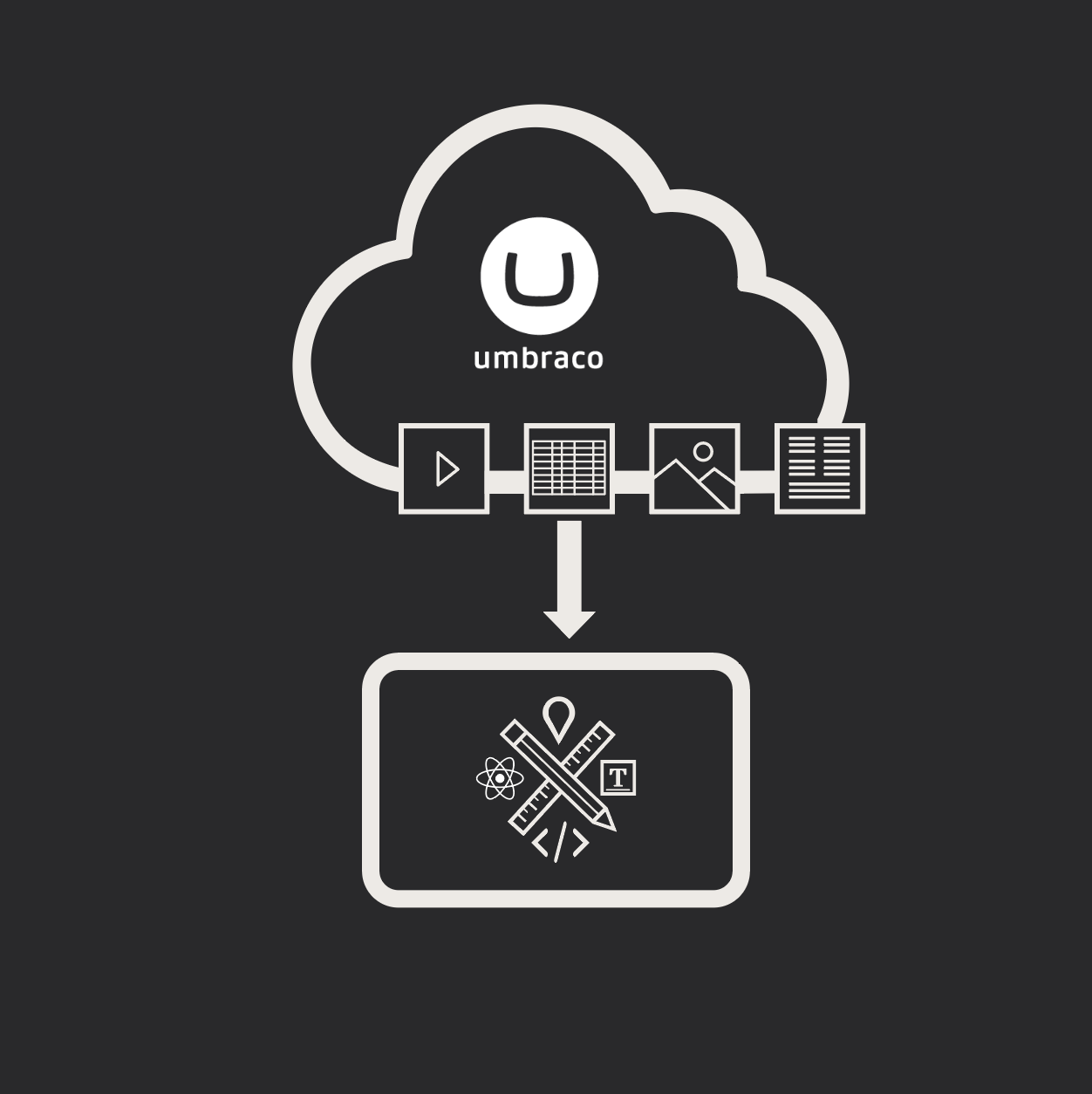What Is the Right Level of Content Personalization?
Chris Osterhout SVP of Strategy#Digital Marketing, #Inbound Marketing

Personalized Content is a great way to provide your site's visitors with the information they need. Learn how to make sure you're doing it right.
Inbound Marketing provides a solution for standing out in this vast sea of information, and one of the most powerful inbound marketing techniques is personalized content (which is also often referred to as targeted content). Content personalization is a huge topic in the Web Content Management (WCM) space right now, as site owners begin to use marketing automation tools like HubSpot combined with CMS platforms like EPiServer to present the right content to the right visitors at the right time, which can be extremely important for capturing conversions.
However, as we begin to implement this personalization for our site’s users, how can we tell whether we’ve taken it too far (or not far enough)? Too much personalization can seem creepy (have you ever been bothered when you search for something on Amazon and then ads for that product begin showing up in your Facebook news feed?), and it can end up creating a poor user experience, especially if a site’s experience provides such specific information for a user that they are unable to find the information they need when they’re using a different computer (or a smartphone/tablet).
So how can you make sure you’re using the right level of personalization? Here are some tips for making sure your personalization efforts are providing the best experience for your users:
Don’t Use Too Many Visitor Groups
Content personalization is created by defining groups of visitors based on a variety of factors, such as geographic location, demographic information, how someone found your site, which pages they’ve visited, whether they’ve made a purchase or filled out a form, or any number of other custom criteria.
While it might be tempting to try to define as many visitor groups as possible in order to provide as many people as possible with the content that they are looking for, maintaining dozens of visitor groups will quickly become too complicated, and there will be overlap between the different groups. Instead, the visitor groups you create should match the buyer personas that you’ve defined for your site. By focusing on fulfilling the needs of these personas rather than trying to address as many potential scenarios as possible, you’ll be able to provide your audience with the content they need and drive conversions and sales.
Don’t Hoard Information
In order to keep the number of visitor groups you’ve defined from spiraling out of control, make sure you’re keeping them up to date. If you’ve created any groups based on time-based events (such as webinars, trade shows, or specific news events), be sure to delete them when the event is over. This will keep your data current and ensure that information that is no longer relevant is not presented to your users.
Don’t Get Too Complicated
You might be tempted to try to define highly specific scenarios for site visitors, but don’t go overboard trying to target a highly specific situation. You shouldn’t need to create a complicated flowchart to understand a how you want to personalize content as a user progresses through your site.
Ideally, you want to present a user with exactly what they are looking for at the right time. But trying to meet everyone’s needs will result in overly complicated, overlapping visitor groups that step on each other rather than meeting your users’ needs.
Start Simple
When you’re planning a targeted content strategy for your website, it’s best to keep things simple. Look at your buyer personas and determine which content will meet their needs, then define your visitor groups and plan the best way to serve the ideal content to those groups. Luckily, you don’t have to do all this work yourself; tools like HubSpot can help you define the user lifecycle and determine which content is relevant to users throughout that process.
If you want to learn more about how Diagram can work with you to define your visitor groups and begin personalizing your content to meet their needs, please contact us to speak to a Marketing Specialist. If you have any other questions about content personalization, please don’t hesitate to share them in the comments below.
Related Posts

Let's Get Heartcore: Umbraco’s Headless CMS Might Be Just What You Need
Umbraco Heartcore is a headless CMS that delivers flexibility, seamless integrations, and cost savings. See why it’s the right choice for your digital future.

4 Ways to Avoid Disaster When Migrating CMS Platforms
If you have ever migrated from one content management system (CMS) or eCommerce platform to another, you know how many unexpected issues can occur during the migration process.
Results Matter.
We design creative digital solutions that grow your business, strengthen your brand and engage your audience. Our team blends creativity with insights, analytics and technology to deliver beauty, function, accessibility and most of all, ROI. Do you have a project you want to discuss?
Like what you read?
Subscribe to our blog "Diagram Views" for the latest trends in web design, inbound marketing and mobile strategy.
